Abstract
Green corn is attracting attention as a feed crop in Japanese agriculture. According to data for 2022, the total area will be up to 96.3 thousand hectares nationwide, which suggests that there is a certain demand. In addition, 8,760 hectares are used for rice paddies and 87,600 hectares for fields, with the largest area being used for fields. The trend to date has been that feed crops have been produced mainly in fields, with the area planted being adjusted flexibly according to demand. Additionally, due to the high demand for green corn, the importance of feed crop cultivation is likely to continue to increase in the future.
Total amount of green corn (main data).
In Japanese agriculture, the area of cultivated green corn shows changes between 1956 and 2022. The peak was 128,000 hectares nationwide in 1987, but the current level is only 75.4% of that peak. A notable feature so far has been that the area cultivated with green corn has generally been on a downward trend, although there have been some fluctuations. The decline is likely due to changes in demand and the impact of agricultural policies. Conversion to other crops or industries and changes in land use may also be contributing factors. Going forward, the area planted to green corn may fluctuate further depending on changing demand and increasing interest in sustainability.
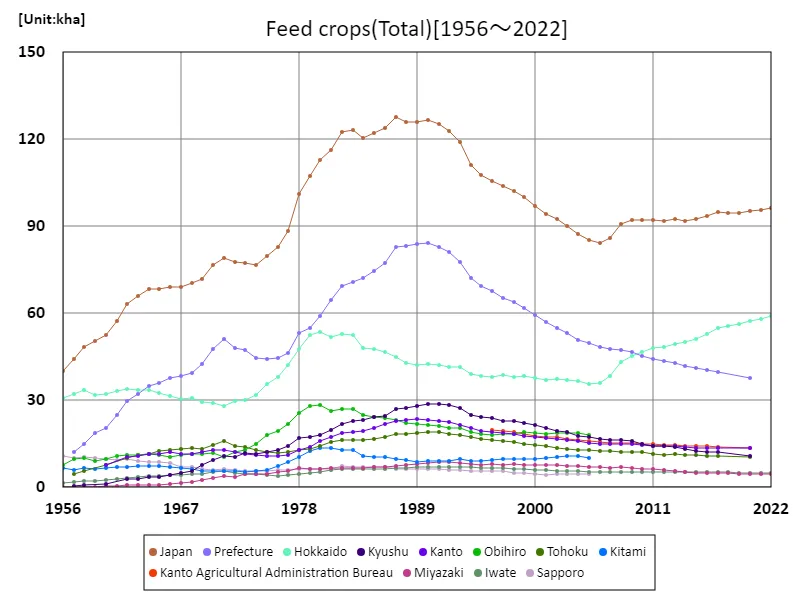

The maximum is 128kha[1987] of Japan, and the current value is about 75.4%
Total amount of green corn (by prefecture).
The latest data from 2022 on total feed crops in Japanese agriculture shows that Hokkaido is the largest overall. Hokkaido’s area cultivated with feed crops is 59,000 hectares, the largest in the country. This trend is thought to be due to Hokkaido having vast farmland and its climatic conditions and soil suitability for cultivating feed crops. Another factor is that Hokkaido has a high demand for livestock feed and is a region with a thriving feed crop production. On the other hand, there is a lack of information on the extent to which feed crops are cultivated in other prefectures. In the future, the area of land under feed crop cultivation may expand to regions other than Hokkaido, but this is expected to be influenced by regional climate, land conditions, and changes in demand.
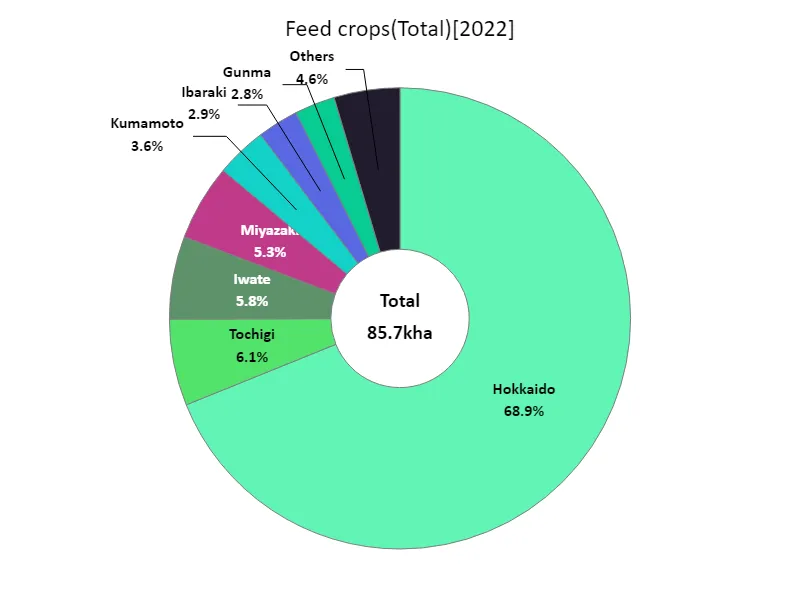

The maximum is 59kha of Hokkaido, the average is 5.35kha, and the total is 85.7kha
A field of green corn.
The area of cultivated fields for green corn in Japanese agriculture shows changes between 1956 and 2022. In 1987, the area nationwide peaked at 28,900 hectares, but is currently at a level equivalent to approximately 30.3% of the peak. This trend indicates that the area under cultivation of green corn is decreasing. Possible reasons for this decline include changes in agricultural structure and demand, as well as environmental concerns. For example, mechanization and increased efficiency in agriculture may have led to a decline in the cultivation of green corn. Also, a shift to other crops due to changes in demand may have played a role. It is unclear whether this trend will continue, but the area of land cultivated with green corn may change, taking into account demand and environmental considerations.
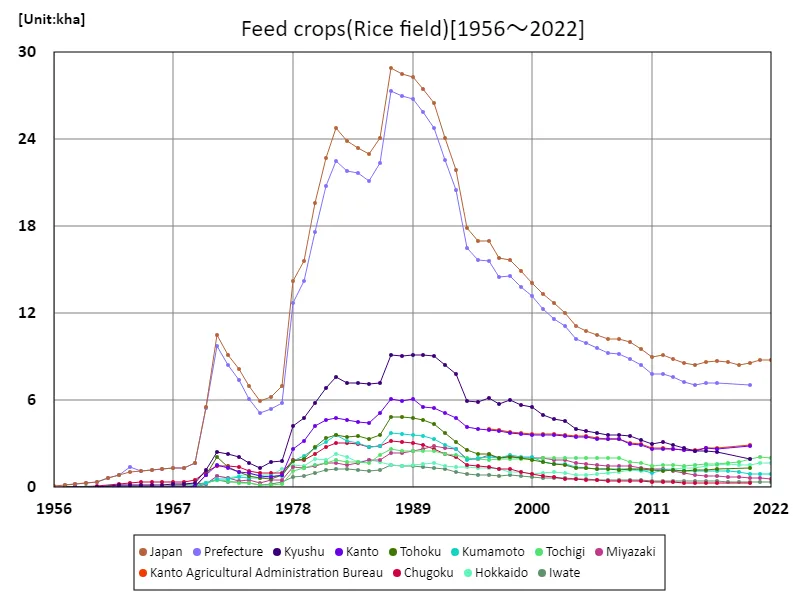

The maximum is 28.9kha[1987] of Japan, and the current value is about 30.3%
A field of green corn.
The area of feed crop fields in Japanese agriculture will be examined based on data from 1956. The area of feed crop fields nationwide is 99,900 hectares, which is the current maximum. This characteristic indicates that the area of land devoted to fodder crops is the largest ever. The increase in the cultivated area of fields for feed crops is thought to be due to rising demand for livestock feed and the increasing effective use of farmland. There may also be advantages to field cultivation being more efficient than other methods. It is unclear whether this trend will continue in the future, but the area of land cultivated with feed crops is likely to change, taking into account demand, technological advances, and environmental considerations.
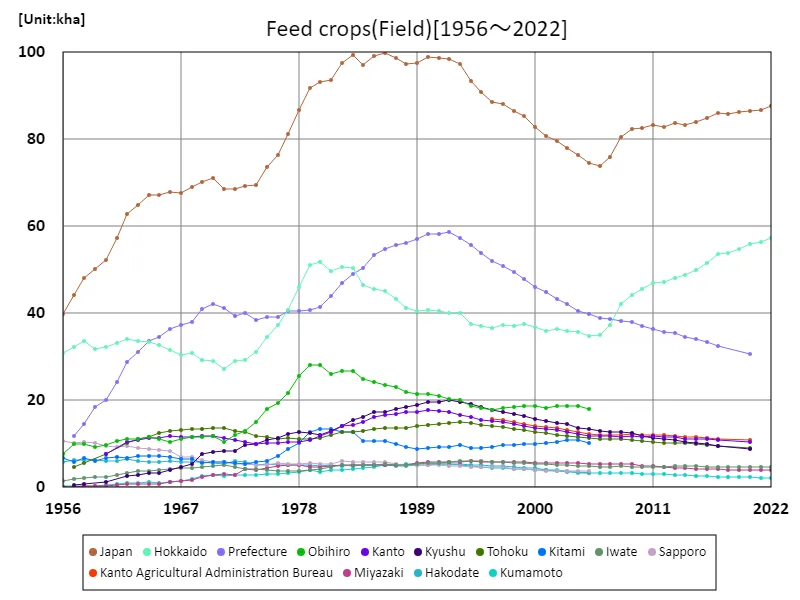

The maximum is 99.9kha[1986] of Japan, and the current value is about 87.7%
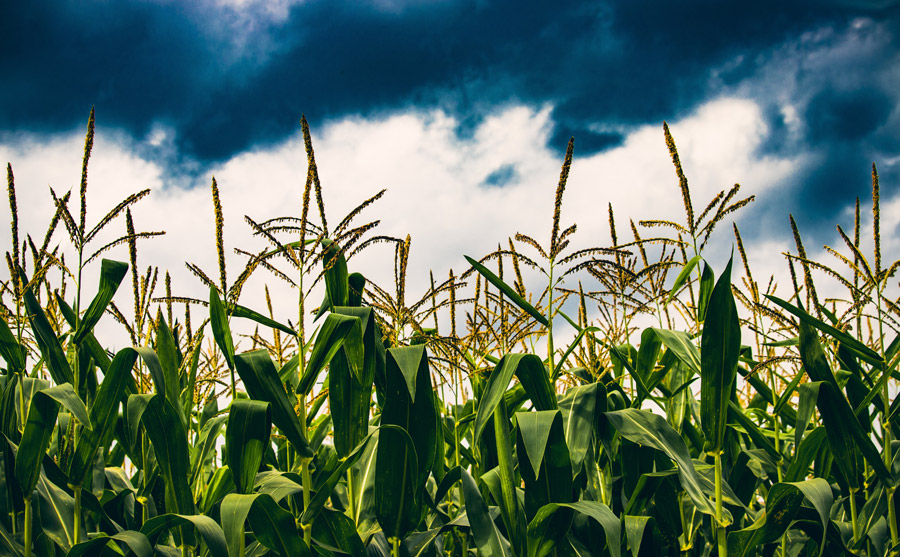


Comments